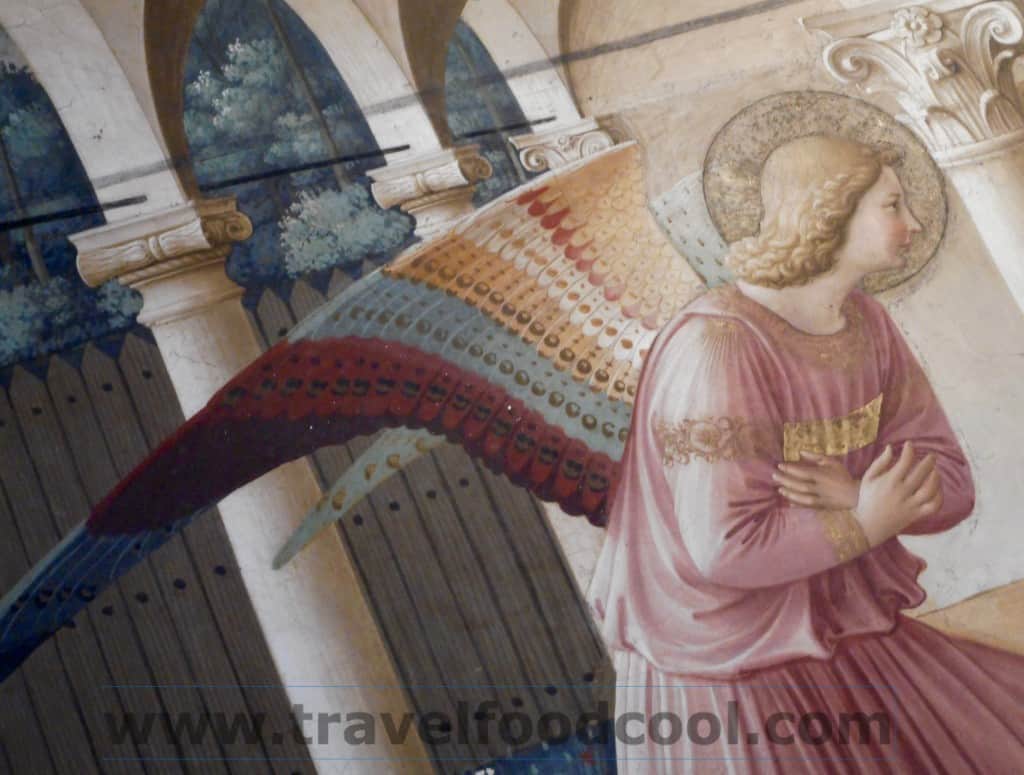
If you are a first-time visitor to Florence, extremely high (probably number one) on your to-see list is Michelangelo’s David.
Michelangelo’s 18-foot high masterpiece is almost synonymous with Florence. You can’t turn a Florentine corner without seeing him on a fridge magnet or apron or parts of him (ahem) on boxer shorts. David is truly a marvel and a must-see. (ELIN’S TIP: Prebook your Accademia tickets or all you’ll be seeing is the back of the heads in front of you in the long line you’ll be standing in. Click here for Accademia tickets, as well as tickets for Museo di San Marco, the Uffizi, the Pitti Palace and other Florence museums.)
The Accademia where David lives is an important stop for more than just David. Four of Michelangelo’s Slaves (or Prisoners, as they are often called) intended for the tomb of Pope Julius II reside here, as does a great exhibit on art restoration. There is also a very cool musical instrument exhibit that is well worth a visit.
But if you’ve been to Florence a few times, David, no matter how magnificent, can be skipped. After having seen David six times, on my recent trip, I thought it was time to step out on David with Marco.
The Museo di San Marco is conveniently located around the corner and across a piazza from the Accademia, so it was quite easy for to drop our teenage daughter and her friend off at David and go to see San Marco.
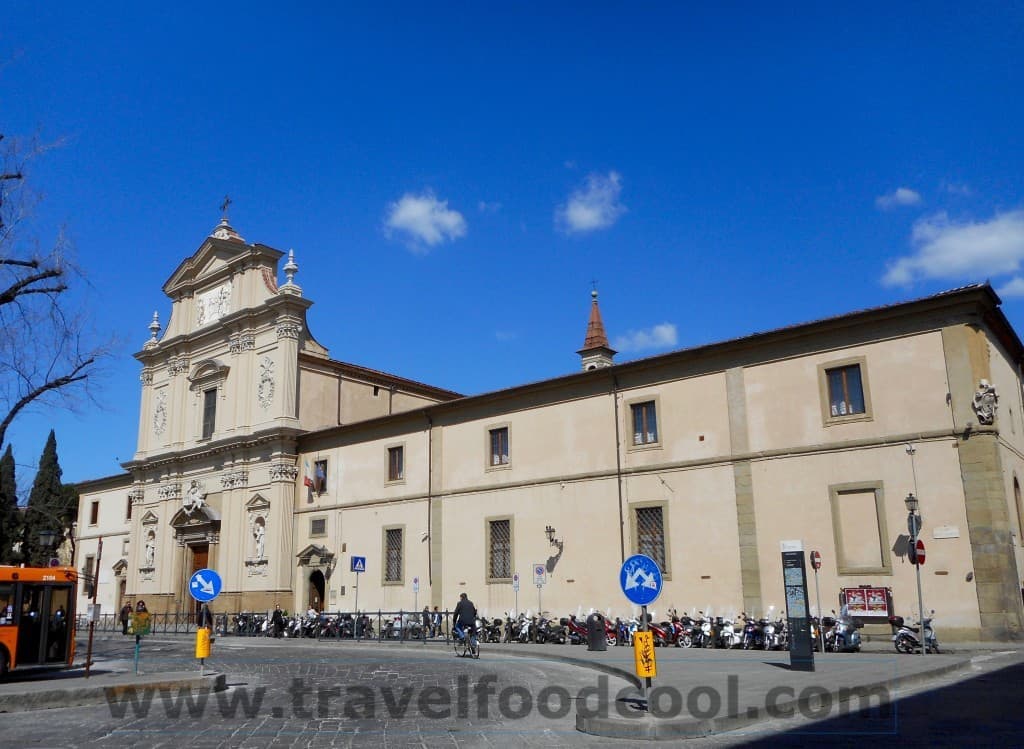
The Museo is a former convent and was also the former residence of not only Fra Beato Angelico (1395 – 1455), the painting Dominican friar, but also of Savonarola. No one did more to destroy the art treasures of Florence than Savonarola (1452 -1498), so it’s ironic that Fra Angelico and Savonarola lived in the same location, although not at the same time.
Fra Angelico, born Guido di Pietro, was born sometime between 1395 and 1400. He was trained as a painter by Lorenzo Monaco; Monaco was considered a great Gothic master. Upon Monaco’s death in 1425, Fra Angelico finished Monaco’s Deposition, originally created for the Strozzi Chapel, in Santa Trinità, Florence (it now resides in the Museo San Marco). Fra Angelico spent time in Cortona and it’s said that he painted the background scenery in the Deposition as a tribute to the area. Vasari, in his book “Lives of the Artists“, referred to Fra Angelico as “a rare and perfect talent”. High praise indeed, as Varsari’s book was considered the “who’s who” of Italian artists.
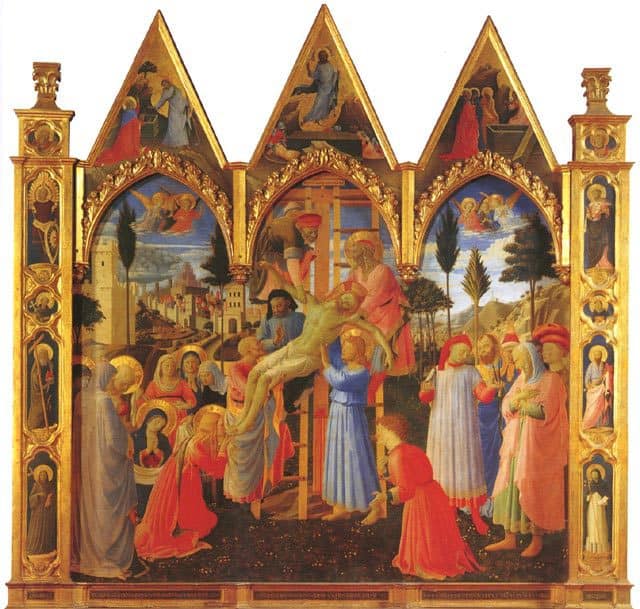
In 1436, Fra Angelico arrived at San Marco, which was under the patronage of Cosimo de’ Medici. Medici commissioned the great architect Michelozzo to renovate the convent and the work started in 1438. That same year, Medici commissioned Fra Angelico to complete an altarpiece for the convent. This piece is considered one of the most compelling of Fra Angelico’s creations.
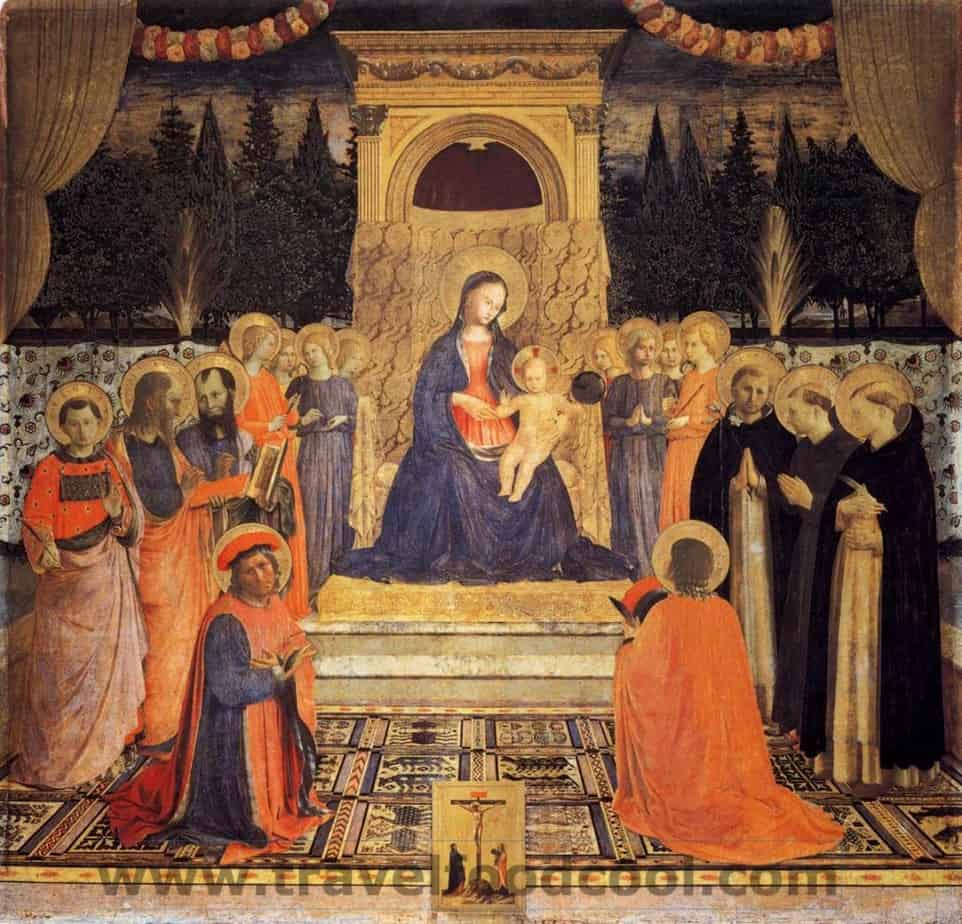
While his Crucifixion is considered the high point of Fra Angelico’s artistic career, he is probably best known for The Annunciation painted on the wall on the second floor of San Marco where the friar’s cells are located. The Annunciation hits your full force as you reach the top of the stairs.
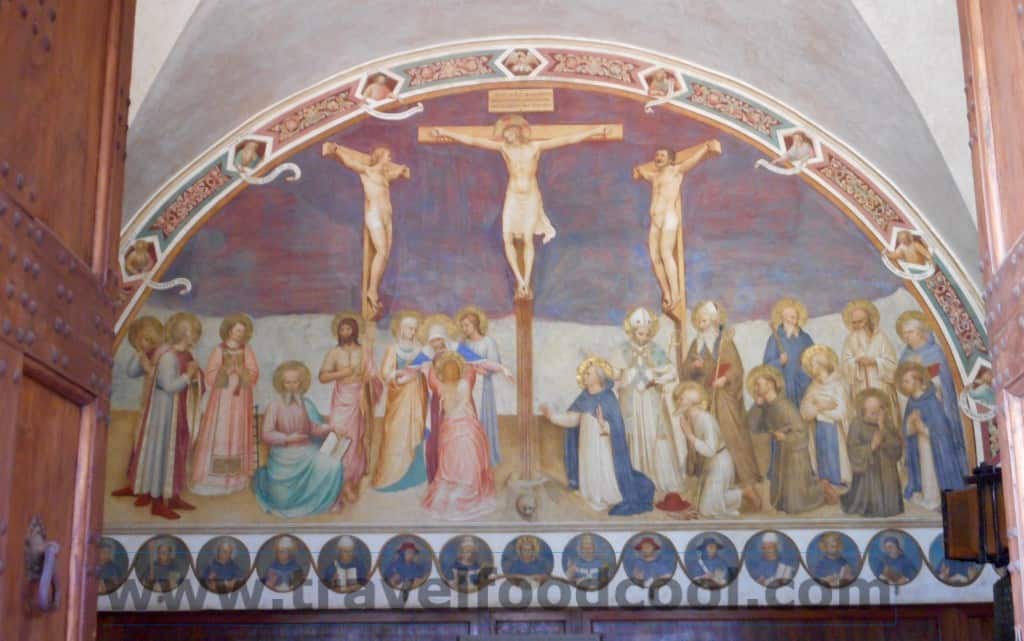
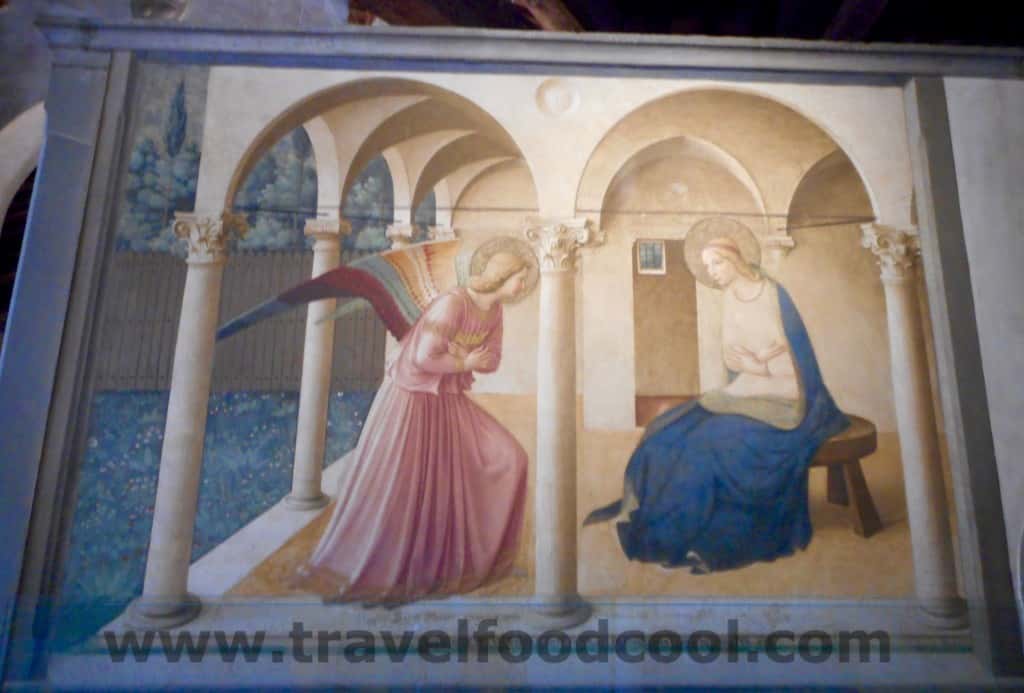
Fra Angelico also painted each of the friar’s cells in the convent, usually with a Crucifixion. Some were done by the master himself while others were completed under his watchful eye. Among Fra Angelico’s pupils and those he influenced were Fra Filippo Lippi and Benozzo Gozzoli.
Being the patron, Cosimo de’ Medici had his own special cell.
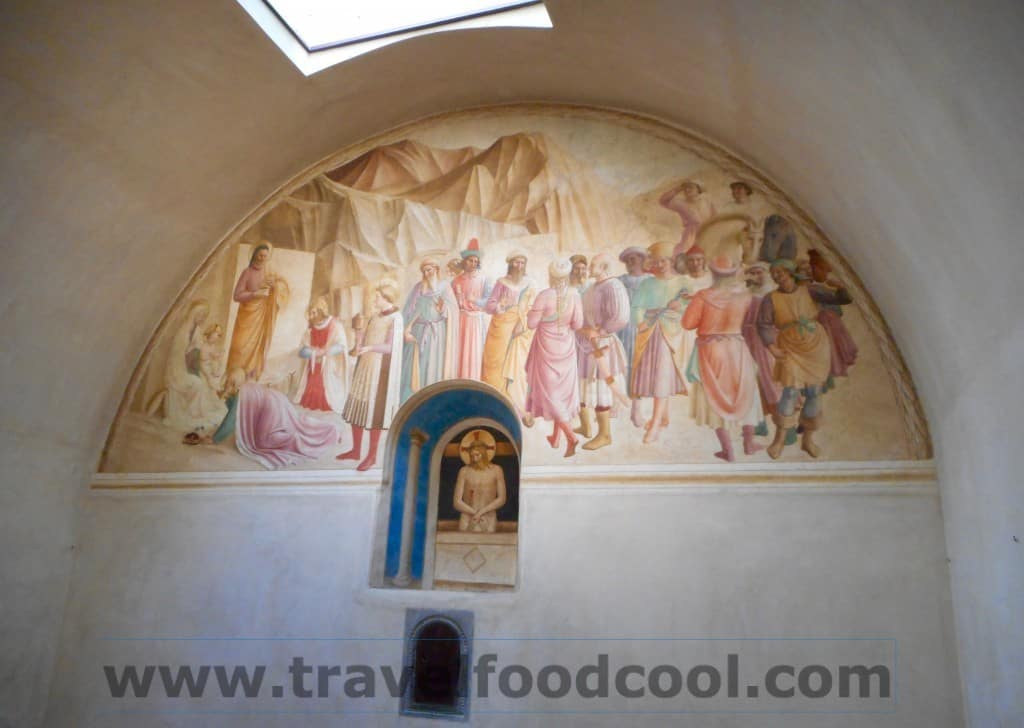
Girolamo Savonarola, the Dominican friar who preached with fervour attacking the papacy, claimed he was a prophet of Christ, who spoke through him. At Lent 1497 and 1498, during his infamous “Bonfire of the Vanities”, he burned non-Christian books (Ovid, Dante), mirrors, cosmetics, playing cards, musical instruments and art. He destroyed many priceless pieces by masters such as Botticelli and Lorenzo di Credo. He managed to get excommunicated by Pope Alexander VI (the Borgia Pope) and was arrested by Cesare Borgia. For his punishment, on May 23, 1494, he and two of his followers were hanged, then burned in Piazza della Signoria. Savonarola’s ashes were scattered into the Arno, to prevent his followers from collecting and keeping the ashes.
On the anniversary of his death every year, there is a parade from Palazzo della Parte Guelfa to the Piazza della Signoria. On the plaque that marks the location of his burning, a wreath is laid.
Savonarola, as prior of San Marco (1491), had a suite of cells, that now serve as a monument to him. The bronze and marble monument in San Marco is not a tomb – due to the circumstances of his death, there is no body. In his rooms, you can see his cloak and some of his personal effects on display.
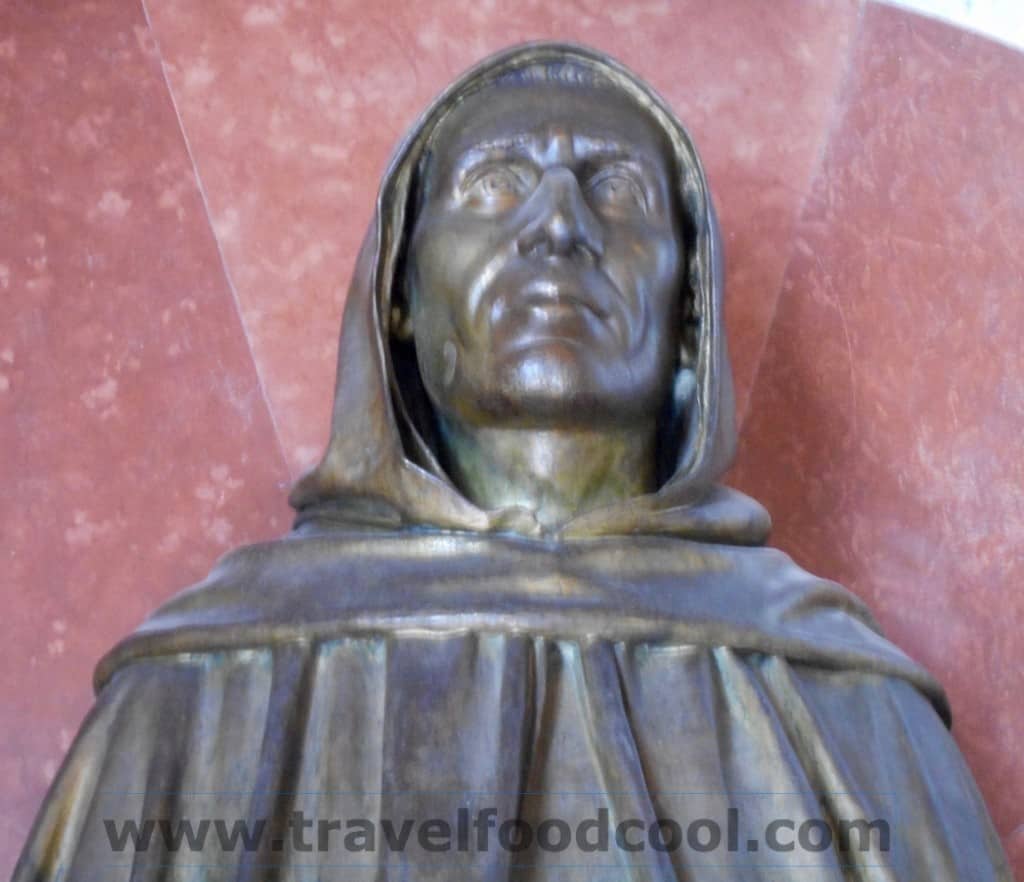
On display, in the same room as the Crucifixion, is I Piagnoni (“the weepers”) which was the name given to his followers as well as the great bell that was used to summon them. The night Savonarola was taken, the bell was rung calling the followers to help. After his arrest, the bell was dragged down the street, flogged as it was a person and exiled outside the walls to the Franciscan church San Salvatore al Montewalls (the enemy of the Dominicans).
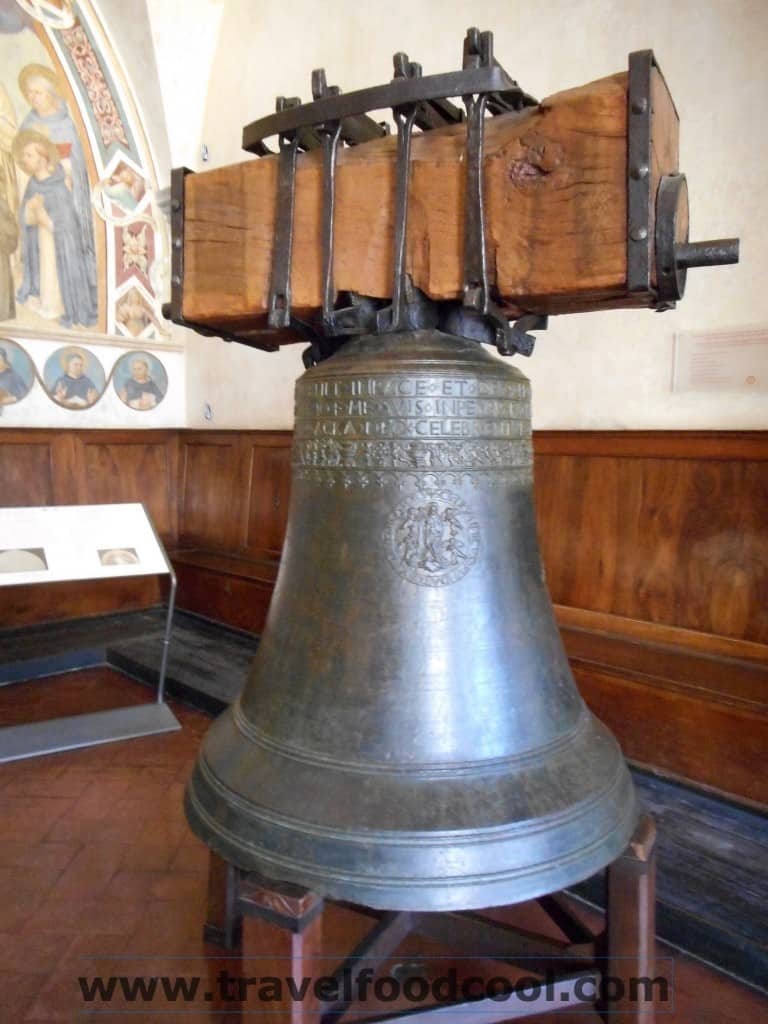
What satisfying irony that the friar who preached against and burned art spent so much time in a Monastery filled with such beautiful pieces.
If you get the chance, skip David and spend some time with another Italian charmer, Marco.


